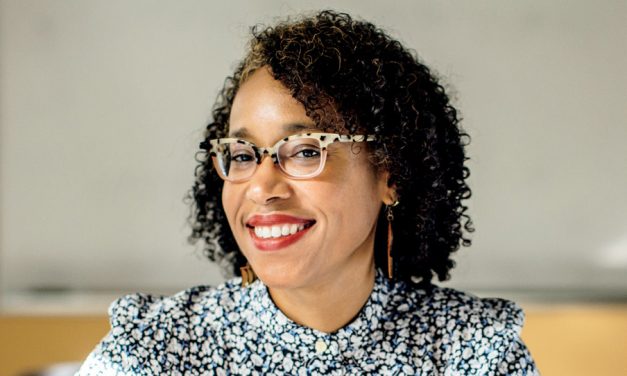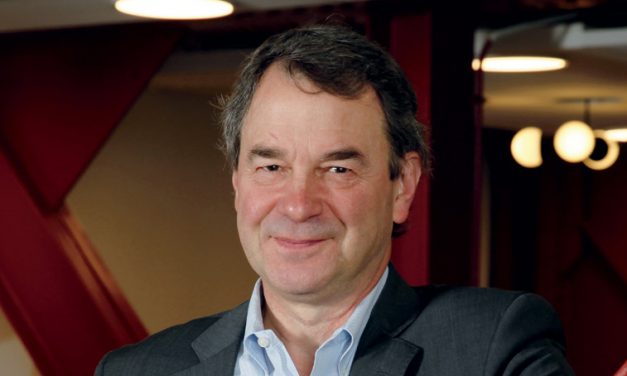
Tom Sando, Science Department, 1988–2020
Tom came to Milton in 1988 and for 32 years has been a pillar of the Milton Academy Science Department and the School at large. Tom is one of the smartest people I have ever met. His deep knowledge of the natural world and his innate understanding of science and scientific processes is second to none. This coupled with his brusque and determined personality have cowed many Class IV students as they walked into class on the first day. What they learn, over the weeks is that he is one of the most compassionate, caring, and engaged teachers they will ever have the opportunity to learn from. Their initial fear and trepidation transition into devotion and respect. Tom will do everything in his power to make sure that his students succeed. One might think that Tom only has the tools he hides in ancient paper boxes, yellowed like scrolls dug from an archaeology site or bunker and piled high in teetering towers around his classroom. However, his true pedagogy lies in his love of his students and his mastery as a teacher. Tom has been the heart and soul of our department for as long as I have been at Milton. His Honors Physics class was a flagship class in inquiry teaching before we used that term to describe our curriculum, and his Class IV physics, nuclear physics, and...
Read More





